Film editing is both an art and a science, integral to the storytelling process in filmmaking. Award-winning filmmaker Mark Bone, known for his keen eye for narrative and pacing, alongside esteemed editor Lewis Gordon, offers invaluable insights into the core foundations of film editing. This blog will delve into their expert advice, providing essential tips for both aspiring and experienced editors to refine their craft and enhance their projects.
1. Understanding Story and Rhythm
Mark Bone emphasizes the importance of understanding the story's rhythm. The editor's primary task is to ensure that the pacing feels natural and supports the narrative arc. Lewis Gordon adds that timing is crucial; knowing when to cut and when to linger on a shot can dramatically impact the viewer's emotional engagement. They suggest watching your edits without sound to get a sense of the visual rhythm and see if it feels right.
2. The Role of Sound Design
While visuals are crucial, sound is equally important in film editing. According to Bone, sound can guide the editing process, with the auditory cues helping to determine the timing of cuts. Gordon stresses the importance of layering sounds to create a rich auditory environment, which can add depth and realism to the scene. Effective use of diegetic and non-diegetic sounds can also enhance the storytelling.
3. Maintaining Continuity
Continuity editing is essential for maintaining the illusion of a coherent world in the film. Both Bone and Gordon point out that continuity errors can jolt the audience out of the narrative. They recommend paying close attention to details such as the characters’ positions, props, and the direction of movement. Keeping a detailed script supervisor’s report can be a vital tool in ensuring continuity during editing.
4. Embracing Technology and Tools
With the advancement of technology, film editors have more tools at their disposal than ever before. Mark Bone encourages editors to stay updated with the latest editing software and plugins, which can streamline the editing process and open up new creative possibilities. Lewis Gordon highlights the importance of understanding the technical aspects of the tools, which can greatly enhance the efficiency and quality of edits.
5. The Importance of Feedback
Both experts agree that constructive feedback is crucial. It’s easy for editors to become too close to their projects, which can make it hard to see issues that might be obvious to fresh eyes. They recommend having a trusted circle of colleagues to review edits and provide honest feedback. This practice can help identify weaknesses in the edit and improve the final product.
Conclusion
Film editing is a dynamic and challenging art form that requires a deep understanding of storytelling, technical skills, and creative intuition. Following the advice of seasoned professionals like Mark Bone and Lewis Gordon can provide foundational knowledge and inspiration for film editors at all levels. Whether you are just starting out or looking to polish your skills, remember that every film is a new opportunity to craft compelling stories through the powerful art of editing.


